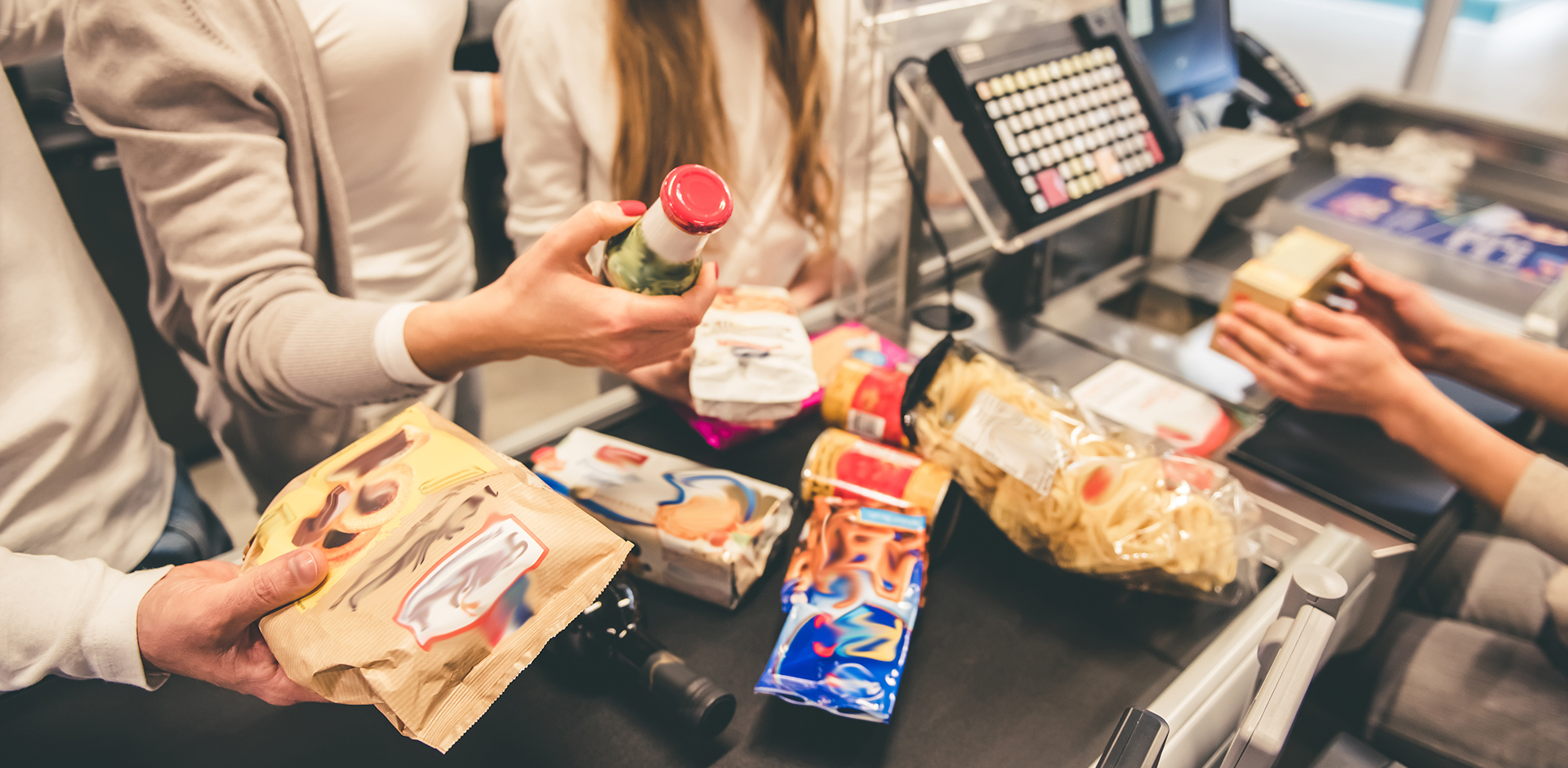Changing eating habits may initially cause problems, especially during the first few purchases. Most of us are accustomed to reaching for the products we have tested, without paying attention to the remaining range. In addition even when we updated the menu, we often make a lot of mistakes while shopping, which can easily ruin our previous actions. The following article presents the most common mistakes and several proven ways to make your shopping easier and at the same time the diet you use is healthier and more economical.
1. Shopping being hungry
This is probably the biggest and most common mistake made by most people - grocery shopping on an "empty" stomach. Maybe you forgot to pack your meal after training, or you go to the store straight after work, before dinner. Either way, your choices will be heavily dependent on your increased appetite. Even if you are an aware consumer, your brain will try to find an excuse to buy something accidental, allowing for quick replenishment of energy.
2. No shopping list

When planning a shopping, be sure to prepare a list of products. In addition to saving you to buy items you do not need, your wallet will thank you for that. Before the trip to the supermarket, think about the meals you want to prepare for the next few days and be sure to look through the pantries. As long as you stick to the list, it will be easier for you to resist all temptations.
3. Not reading product labels
Regardless of the diet you use, it is worth getting into the habit of reading packages. Looking through the list of food additives you will find out what is really, often against the confusing assurances of the producers, is in the middle. Usually, unfortunately, products that look healthy, only "pretend". Be careful, look carefully at the food, colored with the words: "fit / domu / z piecca / wiejski / no GMO / no artificial preservatives". Delighted with the description, you can go back home and discover that despite its natural declared attractiveness, the product is a rich source of fat and sugar. Also check the food labels "BIO / glutenfree / vegan". These markings only concern the absence of designated substances in the composition, but it does not determine whether the product is healthy. Take a close look at the items designed for children. Many of them contain a huge amount of sugar, artificial colors, trans fats. Therefore, read the food plate carefully!

4. Buying "for stock", because it was in promotion
Get rid of the habits of buying things you do not need. The biggest mistake is to buy sweets "for later". Keeping home-made products processed for a "black" hour is the easiest way to break your actions on the road for better health and figure. Be careful in buying discounted goods, especially types: feezy drinks / sweets / high-calorie snacks. Put only discounted products you really need in the basket, in accordance with the shopping list prepared. Trust your careful planning and do not fall prey to impulsive dietary choices!
5. More expensive - it does not mean better
Contrary to appearances, healthy eating does not have to be expensive. You do not have to eat salmon, avocado, exotic fruit or other products from a more expensive shelf every day. Many of the healthy assortment, such as olive oil, suffices for a long period of time. In addition, when you give up sweets, processed foods, you'll see how much money you will save. Oatmeal, millet flakes for breakfast compared to chocolate balls are a better and cheaper choice. The purchase of vegetables and fruit does not have to involve a large expense. It is worth paying attention to the seasonality here. Instead of relatively expensive for a large part of the year, broccoli, peppers, and cauliflower, you can choose cabbage, carrots, celery, parsley, beets or potatoes. With root vegetables you will prepare a tasty and nutritious soup. Also, be interested in products such as cabbage or pickled cucumbers. It is profitable to choose apples from fruit, and citrus in winter. Also check the sections of the freezers, where you will find packaged vegetables and fruits that will get most of the nutrients, despite freezing.
How to be a conscious consumer?

1. Try not to enter the store with an empty stomach.
2. Always with a shopping list prepared.
3. Look for labels and compare products with each other.
You can easily find unprocessed food in every store and bazaar. Next to the white pasta you will find its counterpart, or look for a health food store where you will see buckwheat and millet pasta. If you are shopping at the bazaar, you will easily notice the stand with bags full of nuts and grains. Unusual products such as soy milk, oat milk, tofu, vegetable patties are usually found on shelves with organic food or in refrigerators with dairy products. Take some more time for your first shopping and when you reach for a given product, read in.
Summary
The widespread habits of not planning shopping and not reading labels contribute to the fact that a lot of food is wasted and many incorrect food choices are made. It is worth analyzing carefully what we put into the basket and try to consciously select products, which will greatly facilitate changing habits to healthier ones. Typically, the mere realization of mistakes made, the conversion of health and material losses is a sufficient motivation to rationalize the course of ordinary shopping.





